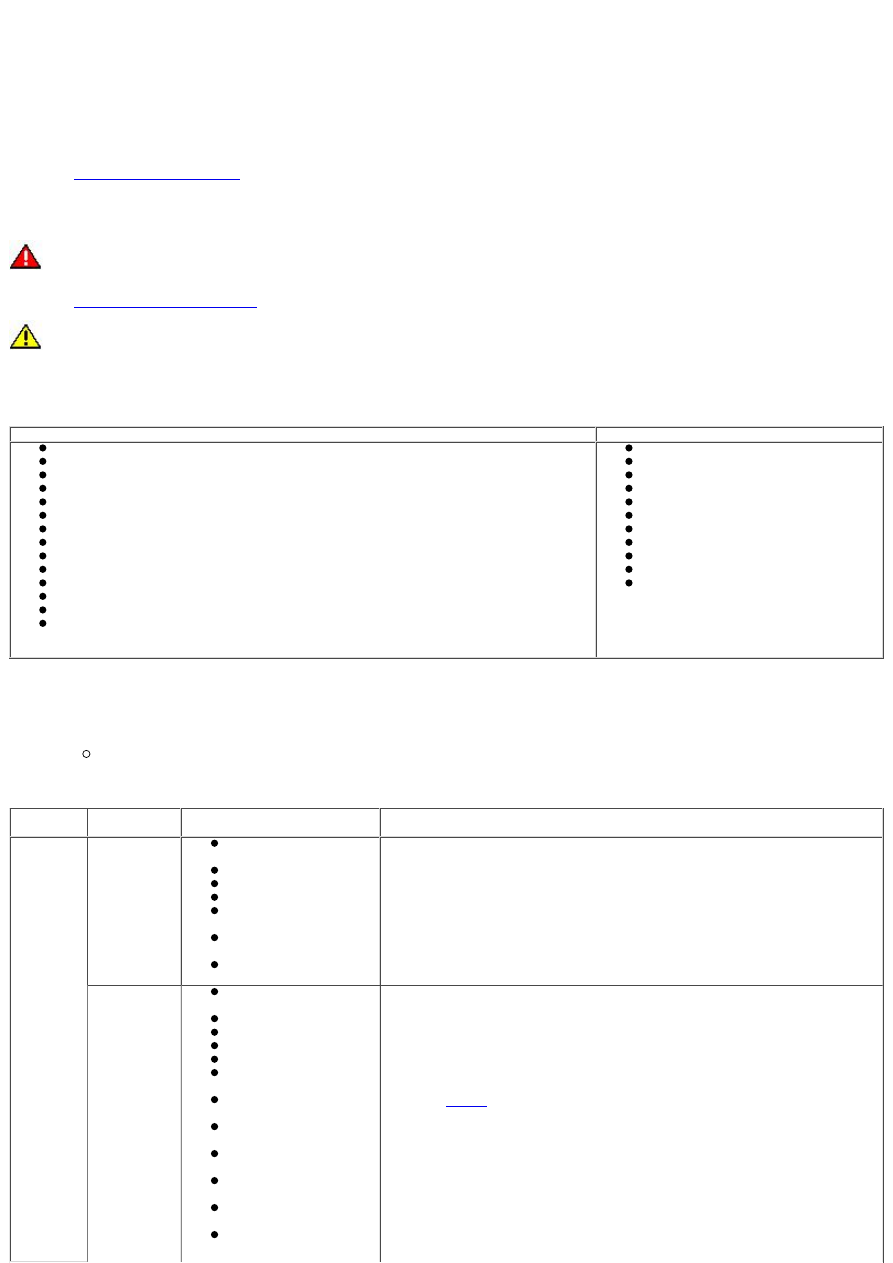Jaguar X-Type Sedan and Estate (Wagon). Manual - part 268

Published: 12-Jul-2011
Fuel Charging and Controls - 2.0L Duratorq-TDCi/2.2L Duratorq-TDCi (110kW/150PS)
- Puma - Fuel Charging and Controls
Diagnosis and Testing
Principle of operation
This section covers the fuel system from the fuel filter to the fuel injectors, and includes the fuel rail and pump.
For additional information on the description and operation of the system:
REFER to:
Fuel Charging and Controls
(303-04B Fuel Charging and Controls - 2.0L Duratorq-TDCi/2.2L Duratorq-TDCi (110kW /150PS) - Puma,
Description and Operation).
Inspection and verification
WARNING: Make sure that all suitable safety precautions are observed when carrying out any work on the fuel system. failure to
observe this warning may result in personal injury:
REFER to:
Important Safety Instructions
(100-00 General Information, Description and Operation).
CAUTION: Make sure that absolute cleanliness is observed when working with these components. Always install blanking plugs to any
open orifices or lines. failure to follow this instruction may result in damage to the vehicle.
1. Verify the customer concern.
1.
2. Visually inspect for obvious mechanical or electrical faults.
2.
Mechanical
Electrical
Fuel level (minimum of four liters for run out of fuel strategy)
Contaminated fuel
Fuel leak(s)
Fuel filter
Air cleaner element
Vacuum line(s)/vacuum connections
Hose(s)/hose connections
Tube(s)/tube connections
Fuel supply line(s)
Fuel return line(s)
High-pressure fuel supply line(s)
Fuel injection supply manifold
Fuel injectors
Fuel pump
- Investigate other fuel system components before condemning a pump
Glow plug indicator
Sensor(s)
Engine control module (ECM)
Fuel metering valve
Fuel temperature sensor
Inertia fuel shutoff (IFS) switch
Fuel injectors
Injector programming
Fuel rail pressure (FRP) sensor
Crankshaft position (CKP) sensor
Camshaft position (CMP) sensor
3. If an obvious cause for an observed or reported concern is found, correct the cause (if possible) before proceeding to the next
step.
3.
4. Use the approved diagnostic system or a scan tool to retrieve any diagnostic trouble codes (DTCs) before moving onto the
symptom chart or DTC index.
Make sure that all DTCs are cleared following rectification.
4.
Symptom Chart
Symptom
(general)
Symptom
(specific)
Possible source
Action
Non-Start
Engine does
not crank
Security system
/Immobilizer engaged
Battery condition/charge
Starter relay fault
Starting system fault
Engine control module
(ECM) relay fault
Park/Neutral switch
fault
Engine siezed
Make sure that the immobilizer system is disarmed. Check the battery condition
and state of charge. Check that the engine turns by hand. Check the starting
system and circuits. Refer to the electrical guides. Check for DTCs indicating an
ECM relay or park/neutral switch fault. Rectify as necessary.
Engine cranks,
but does not
start
Security system
/Immobilizer engaged
Low/Contaminated fuel
Air ingress
Blocked air cleaner
Blocked fuel filter
Low-pressure circuit
fault
Fuel metering valve
blocked/contaminated
Injector(s)
fault/programming
Intake air temperature
(IAT) sensor fault
Glow plug(s)/circuit
fault
Fuel pressure sensor
fault
Camshaft position
(CMP) sensor fault
Make sure that the immobilizer system is disarmed. Check the fuel level and
condition. Draw off approximately 1 ltr (2.11 pints) of fuel and allow to stand for
1 minute. Check to make sure there is no separation of the fuel indicating water
or other liquid in the fuel. Check the low-pressure fuel system for leaks/damage,
check for air ingress. Check the air cleaner element. Check that fuel flows
through the fuel filter. Check for DTCs indicating a fuel metering valve or
injector fault. Check for DTCs indicating an engine management sensor fault.
Check the valve train, check the compressions,
REFER to:
Engine
(303-00 Engine System - General Information, Diagnosis and
Testing).
Check the catalytic converter condition, etc. Check for diesel particulate filter
DTCs. Refer to the warranty policy and procedures manual if an ECM is suspect.